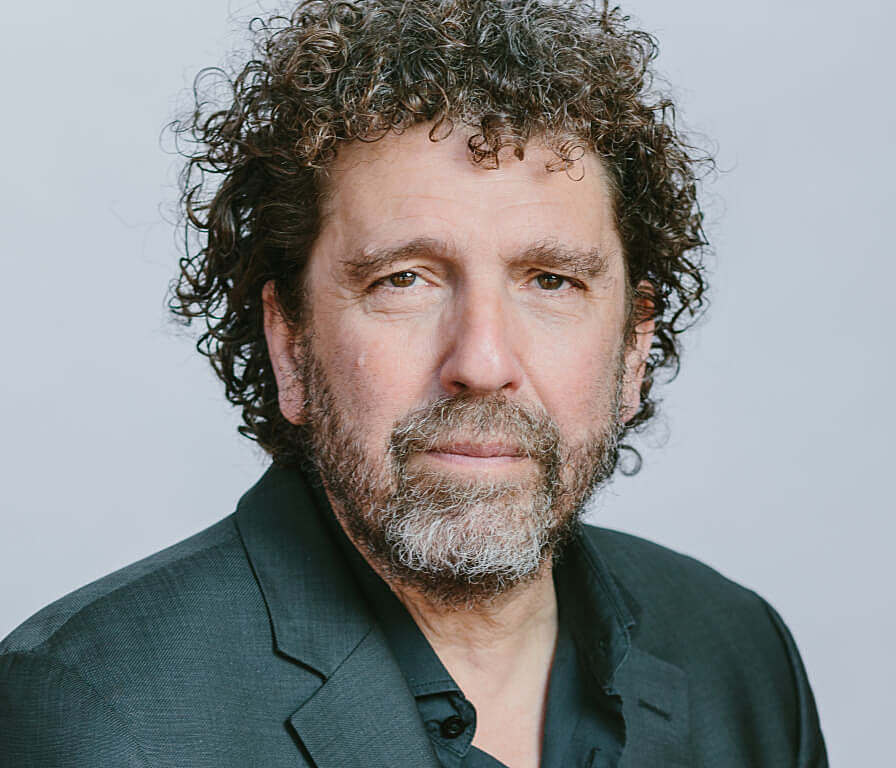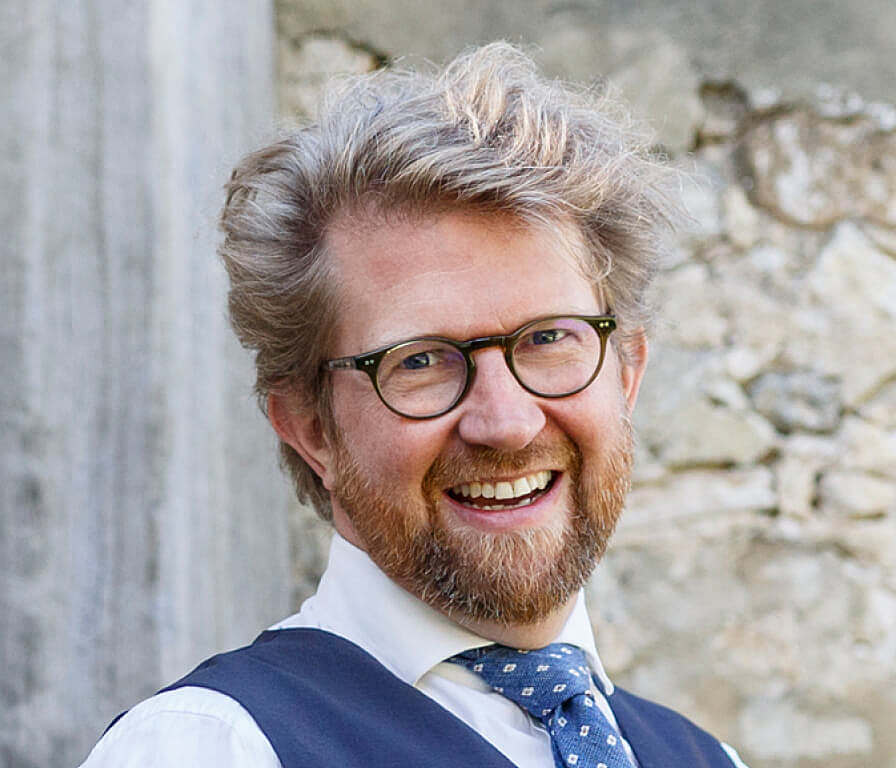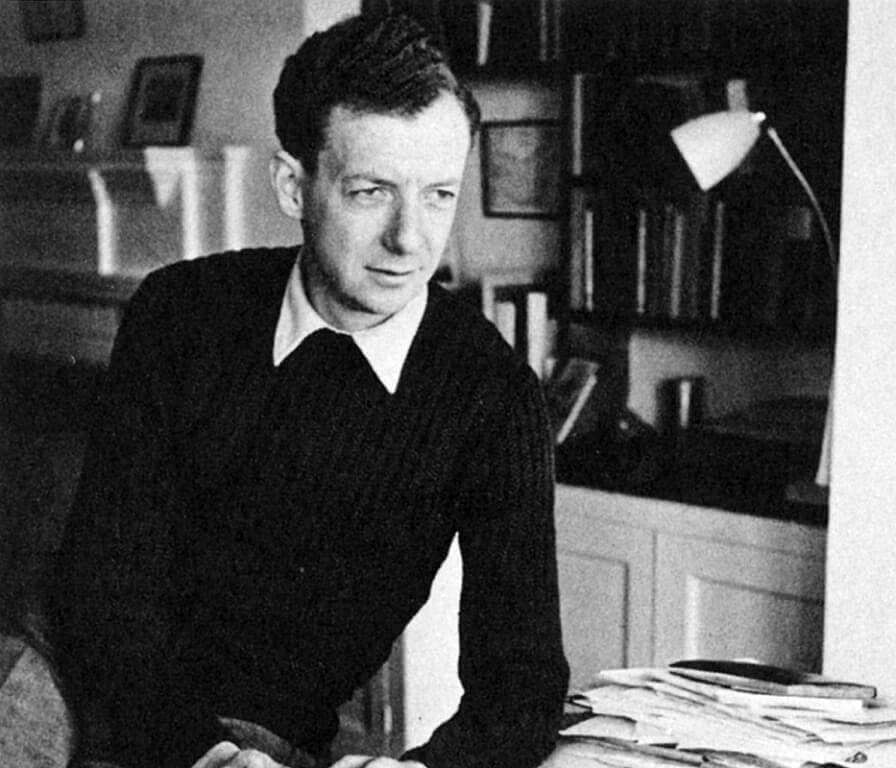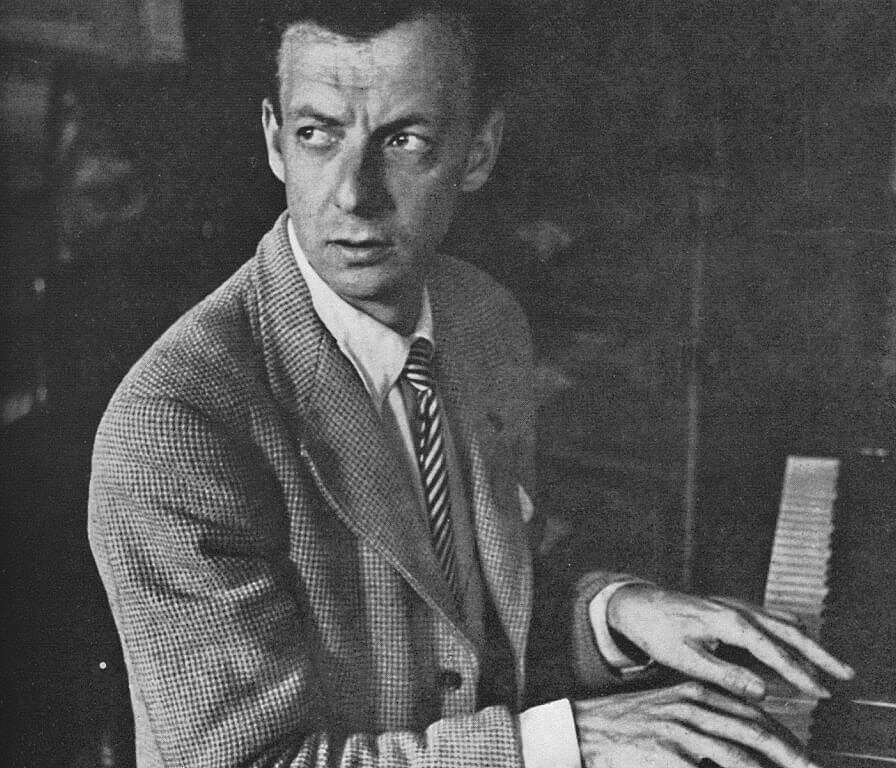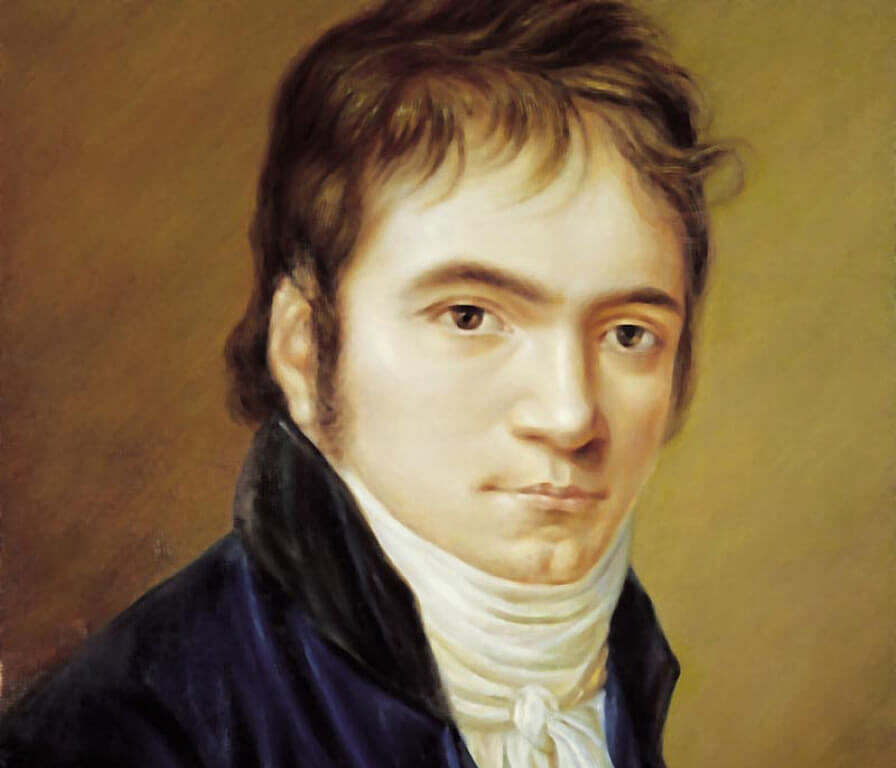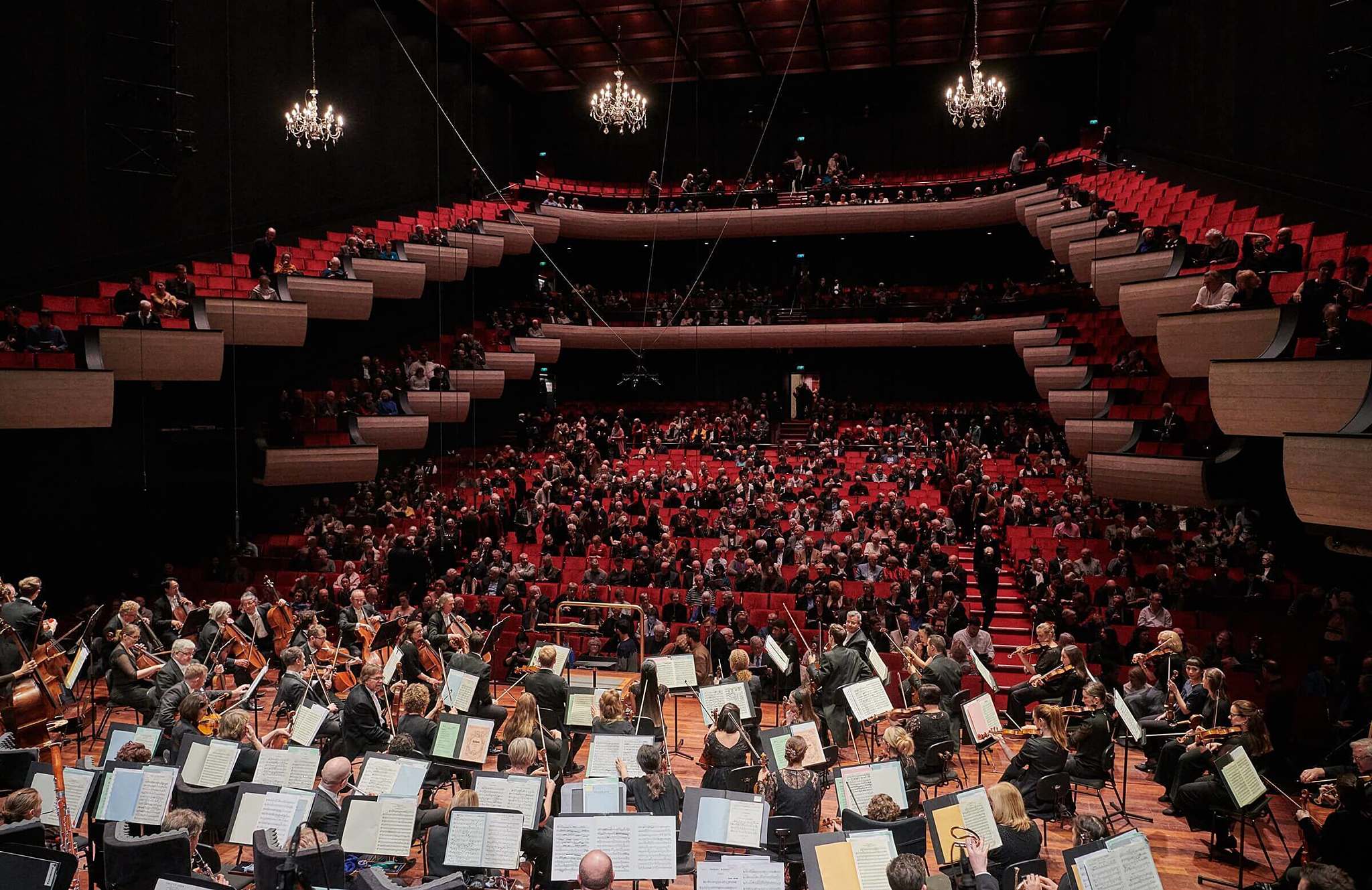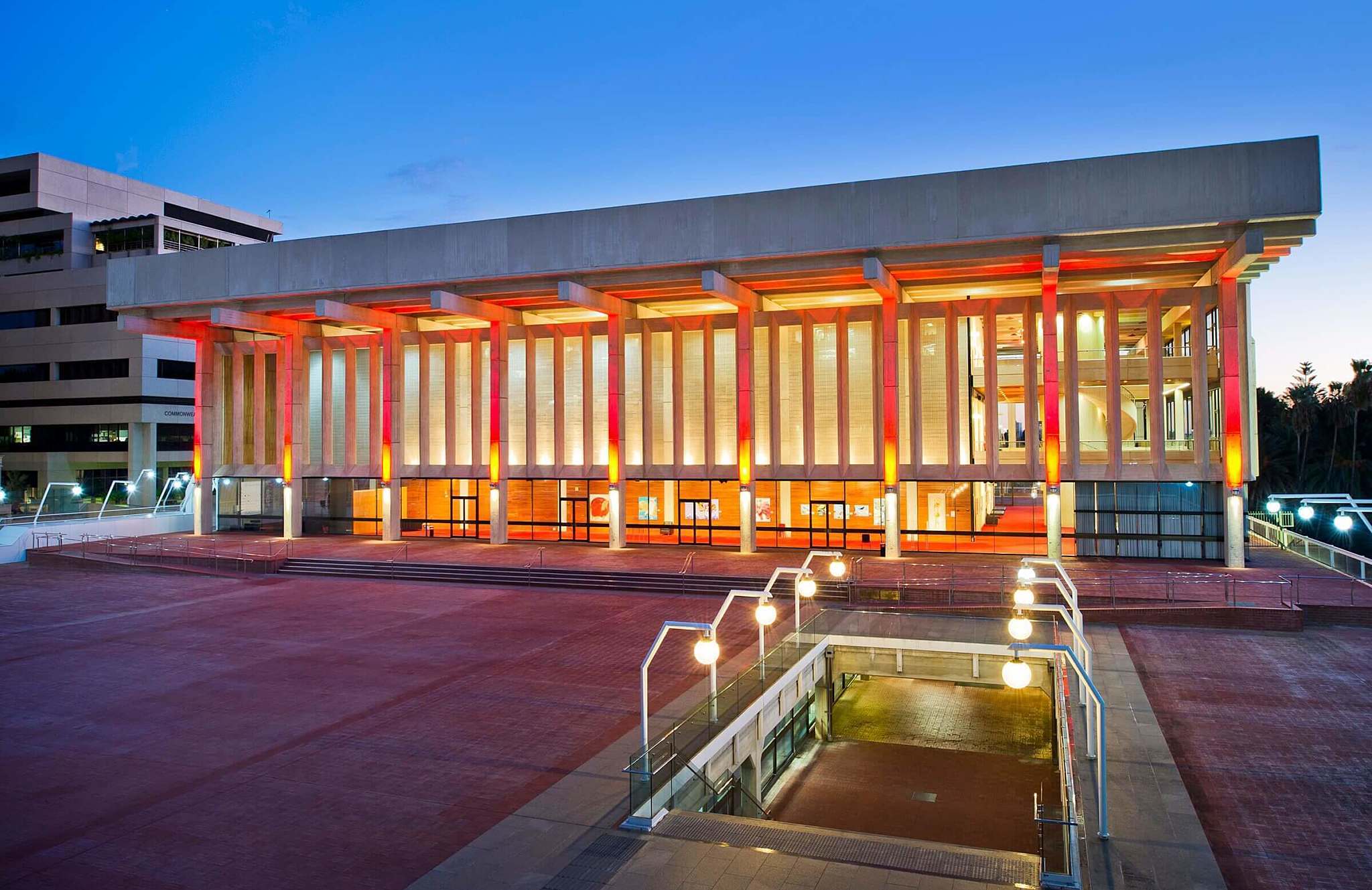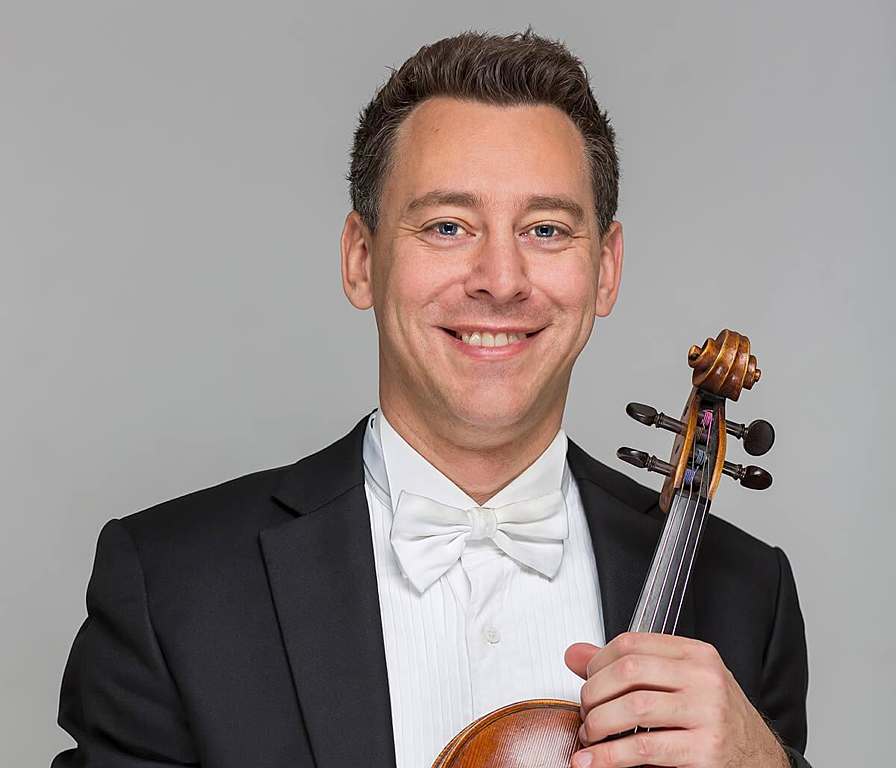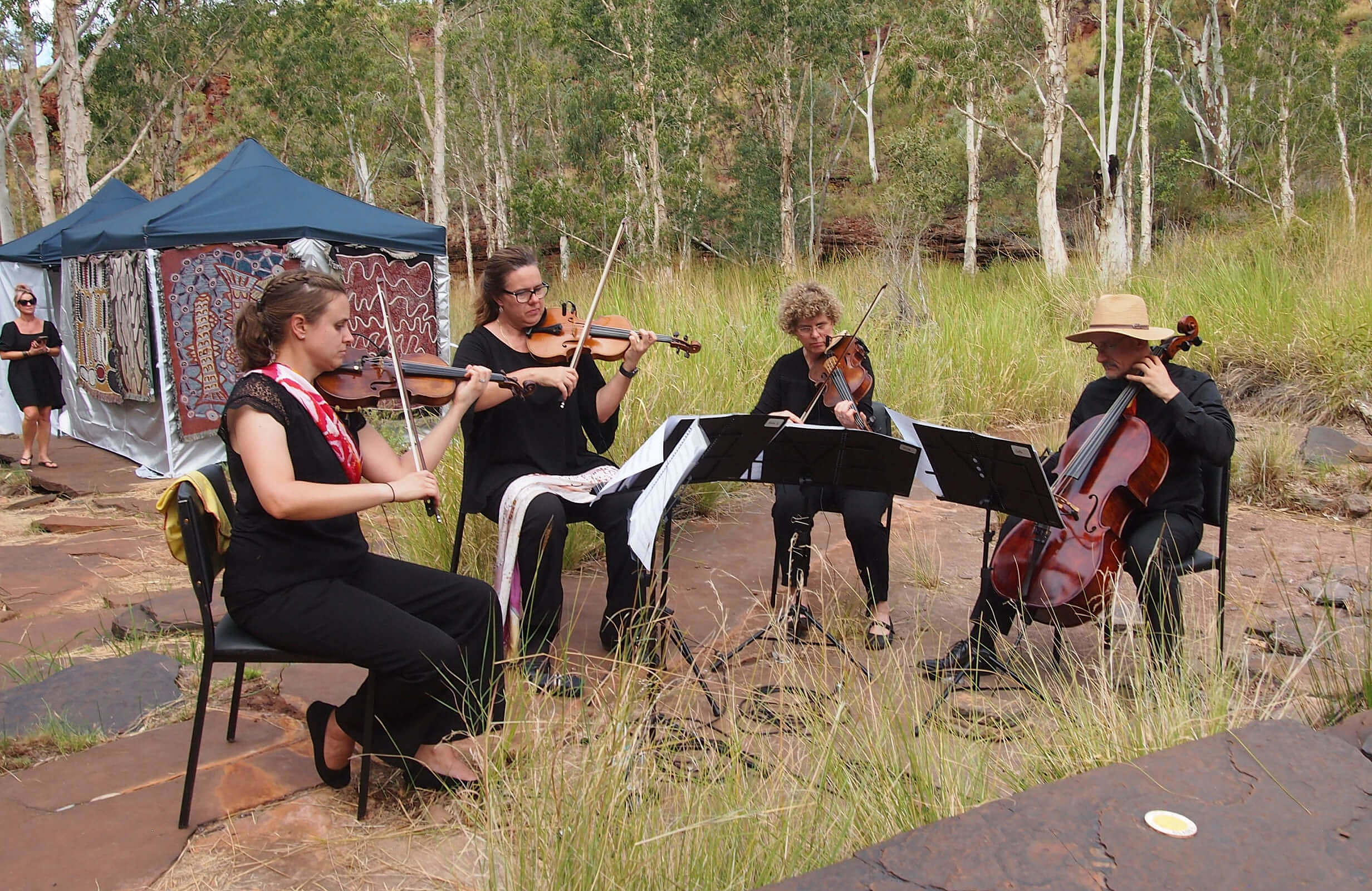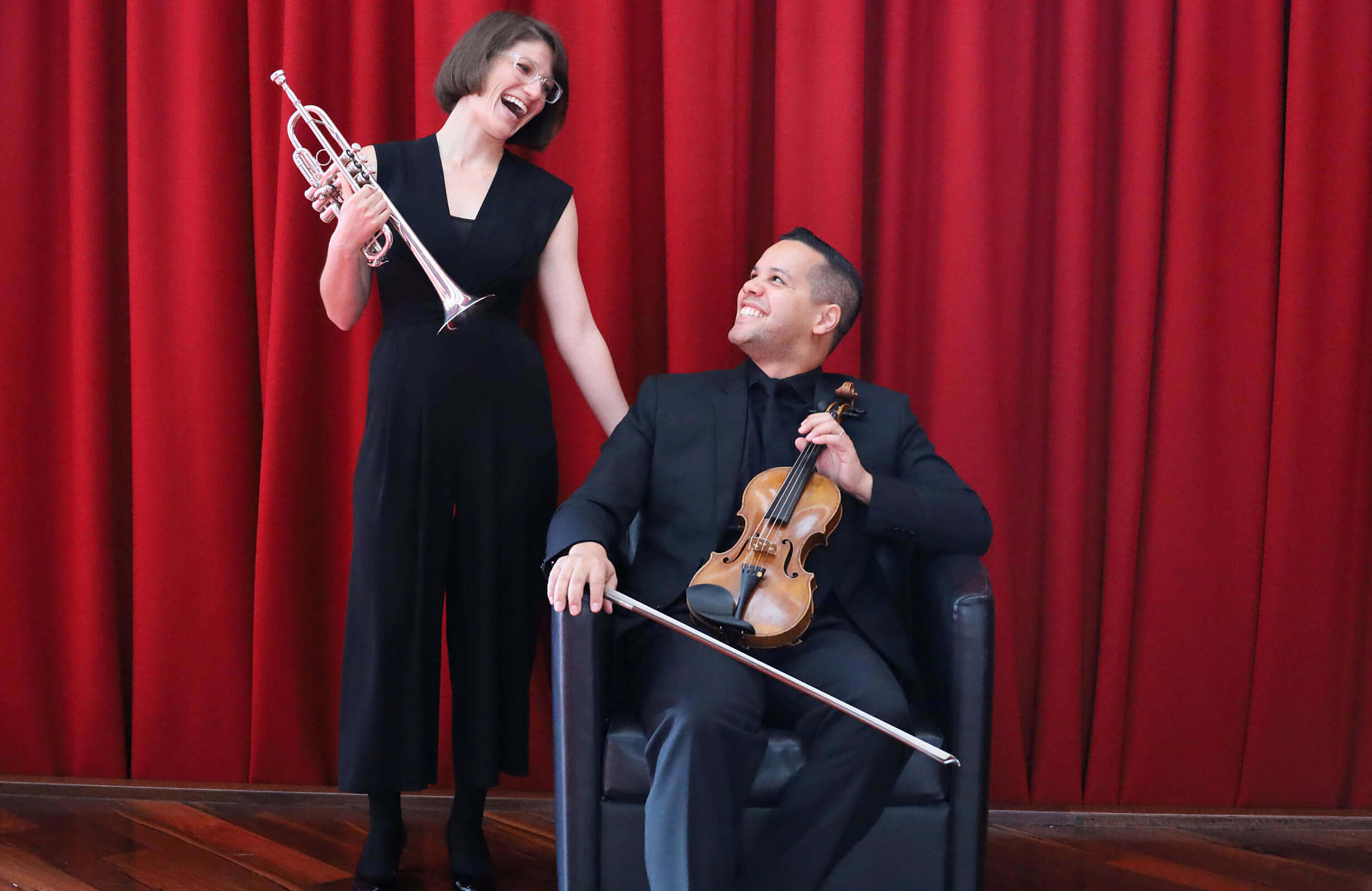Principal Conductor’s Circle
Gifts $20,000+
Janet Holmes à Court AC
Jean Arkley in memory of Tom Arkley
Dr Glenda Campbell-Evans & Dr Ken Evans*
Patricia New
Joshua & Pamela Pitt*
Peter & Jean Stokes*
Anonymous (1)
Impresario Patron
Gifts $10,000 - $19,999
Gay & Bob Branchi
Gavin Bunning
Prof Rachel & Rev Dr John Cardell-Oliver
Gilbert George
Brian & Romola Haggerty
Meg O’Neill & Vicky Hayes
Sue Hovell
Fred & Nicola Wehr
Alan Whitham
Trish Williams
Wright Burt Foundation
Anonymous (2)
Maestro Patron
Gifts $5,000 - $9,999
Prue Ashurst in memory of Eoin Cameron
Ruth Bailey
Tony & Mary Beeley
Dr John Blott
Lady Jean Brodie-Hall
Maree Creighton & Kevin Davis
Stephen Davis & Linda Savage
Bridget Faye AM
Dr John Gladstones
Warwick Hemsley
Dr Penny Herbert in memory of Dunstan Herbert
Dale & Greg Higham
Peter Ingram
Margaret & Peter James
Roger Jennings in memory of Lilian Jennings
Keith & Gaye Kessell
Dr Ronny Low & Dr Emma Richardson
Bryant & Louise Macfie
Michael & Lesley Page
Paula & John Phillips
G. J. Seach
Geoff Stearn
Ros Thomson
Gene Tilbrook & Anne Seghezzi
Michael & Helen Tuite
Dr John Woodall
Anonymous (6)
Virtuoso Patron
Gifts $2,500 - $4,999
Dr Fred Affleck AO & Mrs Margaret Affleck
Neil Archibald & Alan R Dodge AM
David & Suzanne Biddles
Peter & Marjorie Bird
Dr & Mrs P Breidahl
Prof Jonathan Carapetis & Prof Sue Skull
Kim & Bob Collins
Ian & Elizabeth Constable
Lesley & Peter Davies
Dr Andrew Gardner
Roger & Ann Gillbanks
Jannette Gray
Danuta Julia
Kay Giorgetta
Jim & Freda Irenic
Eleanor John & Finn Barrett
Michael & Dale Kitney
Francis Landels
Barrie & Jude Le Pley
Mi Kyung Lee & Colin Binns
Tony & Gillian Milne
Mrs Morrell
Jane & Jock Morrison
Val & Barry Neubecker
Anne Nolan
Robyn Owens
John Overton
Rosemary Peek
Thomas & Diana Potter
Jennifer Rankin
Roger Sandercock
Melanie & Paul Shannon
Glenice Shephard
Elisabeth & David Smith
Michael Snell & Vicki Stewart
Brian Stewart
Tessa Tieleman
Ruth E Thorn
Agatha van der Schaaf
Stan & Valerie Vicich
John & Nita Walshe
Fred & Caroline Witting
Andrew & Marie Yuncken
Anonymous (4)
Principal Patron
Gifts $1,000 - $2,499
Caroline Allen & Sandy Dunn
Margaret Atkins
Stuart Anderson
Catherine Bagster
Moira Bailey
Betty Barker
Sarah & Colin Beckett AO
Ross & Alecia Benzie
Matthew J C Blampey
Margaret Bloch
Cathy Bolt in memory of Tony Bolt
K & C Bond
John & Debbie Borshoff
Sue Boyd
Laraine Brindle
Elizabeth & James Brown
Adrienne & Phillip Buttrose
Stewart Candlish & Bianca Panizza
Michelle Candy
David Castillo & Marian Magee
Claire Chambers & Dr Andrea Shoebridge
Fred & Angela Chaney
Constance Chapman
Dr Peter Chauvel
Dr Anne Chester
Anthea Cheney
Jason & Su-Lyn Chong
Dr Keryn Christiansen
Peter & Sue Clifton
Lyn & Harvey Coates AO
John Collins
Dr David Cooke
Hon June Craig AM
Dr Megan Davies
Edwina Davies Ward in memory of Wanda G
Davies
Monique De Vianna
Kelly & Andrew Diong
Rai & Erika Dolinschek
Simon Douglas
Prof Robert Durand
Bev East
Lorraine Ellard
Dr Jenny & Terry Fay
Tony & Sue Field
Gilly Flower
Don & Marie Forrest
Toni Frank
Eléonore Fuchter
George Gavranic
Robyn Glindemann
Neville & Jane Gibbs
Prof Lelia Green
Pitsamai & Kevin Green
Maryllis & Paul Green-Armytage
Deidre Greenfeld
Grussgott Trust
Ann Hammer
Richard B Hammond
Nick Handran Smith & Elizabeth Allan
Pauline & Peter Handford
Peter Hansen
Dr & Mrs H Hansen-Knarhoi
Julie Harris
Paul & Barbara Harris
Vanessa Harvey
Rev Bill Hawley & Dr Rev Georgina Hawley
In Memory of Eileen Hayes
John & Christine Hedges
Elizabeth & Eric Heenan
Dallas Hickman & Alex Hickman
Dr John & Patricia Hill
Helen Hollingshead
Dr Keith Holt
Dr K & Mr J Hopkins OAM
Rosemary Howarth
Judith Hugo
Jan & Walter Hunter
Richard Isted
Cynthia Jee
Diane Johnson
Emy & Warren Jones
Anthony Kane in memory of Jane Leahy-Kane
Bill Kean
David Keast & Victoria Mizen
Noelle & Anthony Keller AM
Patricia King
Nelly Kleyn
Ulrich & Gloria Kunzmann
Trevor & Ane Marie Lacy
Irving Lane
Drs Sunny & Ann Lee
Dr Oon Teik Lee
Ruth & Malcolm Leske
Martin & Ruth Levit
Ann Lewis
Dr Rebecca Meegan-Lowe & Richard Lowe
Ian & Judith Lunt
Dr Seamus MacDonald
Graham & Muriel Mahony
Denise Main
Dr Tony Mander & Ms Loretta Byrd
Gregg & Sue Marshman
Geoffrey Massey
Pam Mathews & Dr Mark Brogan
Judith McGuinness
Betty & Con Michael AO
Don & Moira McKinley
Mrs Carolyn Milton-Smith in loving memory of Emeritus Prof John Milton-Smith
Hon Justice S R Moncrieff
Elizabeth Moran
Mr & Mrs Geoffrey Morris
Dr & Mrs Peter Moss
Patricia Murphy
Lyn Murray
Judith Nash
Family Nilant
Marianne Nilsson
Jim & Wendy O’Neill
Dr Walter Ong & Graeme
Marshall
Ron Packer
Roger Paterson
Tim Pavy & Kathy Cole
Charmian Phillips in memory of Colin Craft
Beth & Walter Pidgeon
Italo Pizzale
Pamela Platt
Richard & Sharon Prince
Dr Leon Prindiville
Tony & Val Ramshaw
Rev Philip Raymont
Prof Ian Reid & Dr Gale MacLachlan
James & Nicola Ridsdill-Smith
John & Alison Rigg
Dr Lance Risbey
Will Riseborough
Paul & Christine Roberts
Wayne Robinson
Bryan & Jan Rodgers
Gerry & Maurice Rousset
OAM
Dr J B & Mrs A Rowlands
Robin & Anne Salter
Robyn & Ted Sharp
Anne Sibbel
In memory of Judith Sienkiewicz
Laurel & Ross Smith
Paul Smith & Denham Harry
Geoff & Chris Soutar
Malca & Graham
Spencer-Laitt
David Stevenson
Donald & Laurel Stewart
Ruth Stratton
Iain Summerlin
Elizabeth Syme
Richard Tarala & Lyn Beazley AO
Janet & the late Stephen Thackray
Ruth Thomas in memory of Ken & Hazel Rowley
Clare Thompson & Brad Power
Jillian Thompson
Peter & Jane Thompson in memory of Mrs Freda Stimson
Mike Thomson & Rae Robinson
Gavin Toovey & Jaehan Lee
Mary Townsend
Tracey Family
Gwen Treasure
James & Rosemary Trotter
Christopher Tyler
Bernardus Van Deijl
Yvonne Varey
Karen Venard
Maggie Venerys
Geoff & Sandra Wackett
Rita Wager
Adrienne & Max Walters
AM
Diana & the late Bill Warnock
Ian Watson
Joy Wearne
Alan Westle in memory of Jean
Moira Westmore
Dr Chris & Mrs Vimala
Whitaker
Barbara Wilcox
Dai & Anne Williams
Mrs Jean & Mr Ian Williams AO
Jim & Gill Williams
Simon & Alison Williams
Judith Wilton & David Turner
Hilary & Peter Winterton AM
Margaret Wood
Peter Wreford
Kin Yung
Anonymous (32)
Tutti Patron
Gifts $500 - $999
Anne Acton
Kim Anderson & Paul Holmes
Kenneth & Judith Arkwright
Arron Arntzen
Rebe Atlas
Phillip & Mary Bairstow
Steven & Joanne Baitz
Barrie Baker
Christine Baker
Shane Baker
Bernard & Jackie Barnwell
Vanessa Barrable
Shirley Barraclough
Lisa & Glenn Barrett
Berwine Barrett-Lennard
Peter Bath
Noelle Beasley
Ingrid Berchem
Michael & Nadia
Berkeley-Hill
Ann Beveridge
Eric Bew
Eileen Bibby
Minnie Biggs
Lea Bingemann
John & Sue Bird in memory of Penny Bird
Jane Blanckensee
Davilia Bleckly
E & G Bourgault in memory of Betty Sagar
Diane & Ron Bowyer
Judith Brown
Christine Burson
David & Pat Bussard
Ann Butcher & Dean R Kubank
Jennifer Butement
Kevin Button & Susie Lim
Maria Caesar
R & R Cant
Nanette Carnachan
Joan Carney
Dr Charlene Caspersz & Dr Rob Will
S Barea Castillo
Philip & Frances Chadwick
Renate Chandler
Tim & Claire Chapman
Grant & Catherine Chappelle
Diane Christensen
Roger Clarnette
Mark Clifton
Shirley Cohen
Chris & Swee See Colton
Rev Des Cousins
Dr Christopher Cook & Ms Elise Chong
Norah & Roger Cooper
Nancy Cotterell
Glenn Coughlan
Pru Cowan
Carole & John Cox
Penny & Ron Crittall
Natalie Cullity
Keith & Suzanne Cundale
Brett Davies
Gary & Judith Davis
Hanneke & Jop Delfos
Alma Della Marta
Ray & June Delmenico
Elizabeth Dempsey-Lees
Daphne Devenish in memory of Bruce Devenish
Jilyan Dingle
Patricia & Roy Done
Beth Duncan
Camron Dyer
Christine Eilon
Patricia Elder
Pamela Eldred
Maxine & Bill Farrell AM
Susan & Gavin Fielding AM
Sue & Paul Fisher
Owen & Judy Fletcher
Mr & Mrs J & J Forgan
Archa Fox & Charlie Bond
John & Margaret Freeman
Margaret Furphy
Rony Gabbay
Margaret Gadsdon
Jennifer & Stephen
Gardiner
Dr Rhona Giles
Beth Gow
Anne Gray
Gwenyth Greenwood
Nola Gregory
Bob & Jenny Greig
Sonia Grinceri & Paula Watt
Barbara Haddy
Dr Roland Haehnel
Michael & Helen Hawkins
Shona Hall
Jean Hamory
Rosalind Hampton & David Dodd
Alan Harvey & Dr Paulien de Boer
Theresa Harvey
Siew-Mung Ho
Deidre Hodby
Dr Annette Holland
Ida Holt
Alfred Huis
Lorna Hurst
Leif Jamvold
John Jarvis
Elinor Jenkins
Lynn & Michael Jensen
Tim Johnson & Nat Shulman
Sally Johnston
Leah Joseph
Dr Susan Joubert
Kevin & Elissa Karlson
Dr Ursula Kees
B M Kent
Kerry Kerr
Leonie Kirke
Dr Elena Krylova
John Kusinski & Ann Motherway
Darryl & Jacky Lacey
Yvonne Lamble
Louis & Miriam Landau
Joelle Larsen
Dr Hoh Peng Lee
Rosalind Lilley
Dr Warren Lilleyman
Ruth Lilly
Dr George Lipton
Beverley Lockley
Mary Ellen in memory of Kerensa
Robyn Main
Dr John Male
Oliver & Sophie Mark
Dr Marie Martin
David Maynier
Diana McArthur
John McDonald
Dennis & Maureen McKay
Donna & Peter Millington
Patricia & Kevin Morgan
Louis Mostert
Margaret & Bruce
Murdoch
Michael Murphy
G & I Nicholas
Phuong Nguyen
Mary O’Hara
Marjan Oxley
Valetta Parr
Heather Passmore
Dr John Pearce
Bev Penny
Prof Suvendi Perera
Anne Pickard
Deborah & David Piesse
J Pinnow
Frank & Valda Pitman
Julienne Prendergast
Alan & June Prouse
Laura Raiter
Eveline Read
Graeme Reynolds & Lesley Parker-Reynolds
Shirley Ridgwell
Kim & Annemarie
Riseborough
Alison Robins
Leigh Robinson & Deborah Gellé
Nigel & Dr Heather Rogers
Chris & Serge Rtshiladze
Thelma Same
Veronica Sass-Nielsen
Esther Schenberg
Elizabeth Scott
Margaret & Roger Seares
Maureen Sellick
Sarah Seymour & Evan Eble
The Sherwood Family
Rory & Susan Shiner
Graham Simpson
Paul & Margaret Skerritt
Hendrik Smit
Helen Smith OAM
Kevin Smith
Margaret & John Solosy
Dr Louise Sparrow
Cisca Spencer
John & Elizabeth Spoor
Mark Stacey
Peggy & Tom Stacy
Alan & Jan Stewart
Lois & Robert Stout
Doll Syminton
Anthony Taylor
Lisa & Andrew Telford
Ralph Ten Seldam
Amanda & Desmond Thompson
Ivan & Jeanette Thompson
Dianne Thomson
Janice Tiller
Loma Toohey
Joan Travis
Gordorn Trewern
Prof David Tunley
Heather & Jim Tunmore
Dr Robert Turnbull
Michael & Gwenda Upton
Marilyn Van Heemst
Rae & Murray Wackett
Claire Walkley
Janet Wallis
Alex Waterhouse
Barry Watson
Patricia Weston
Barbara Wheatley
Margaret Whitter
Violette William
Sally Willis
Pari Willis-Jones
Rowena Withers
Karen Wood
Elizabeth Woods
Alison Woodman
Sara Wordsworth
Andrew Yeates
Edward Young
Dr Susan Young
Chris & Kathy Ziatis
Maxim Zuvela
Anonymous (34)
Friend
Gifts $40 - $499
Thank you to all our Friends who support WASO through their gift.
* Orchestral Chair Partnership


